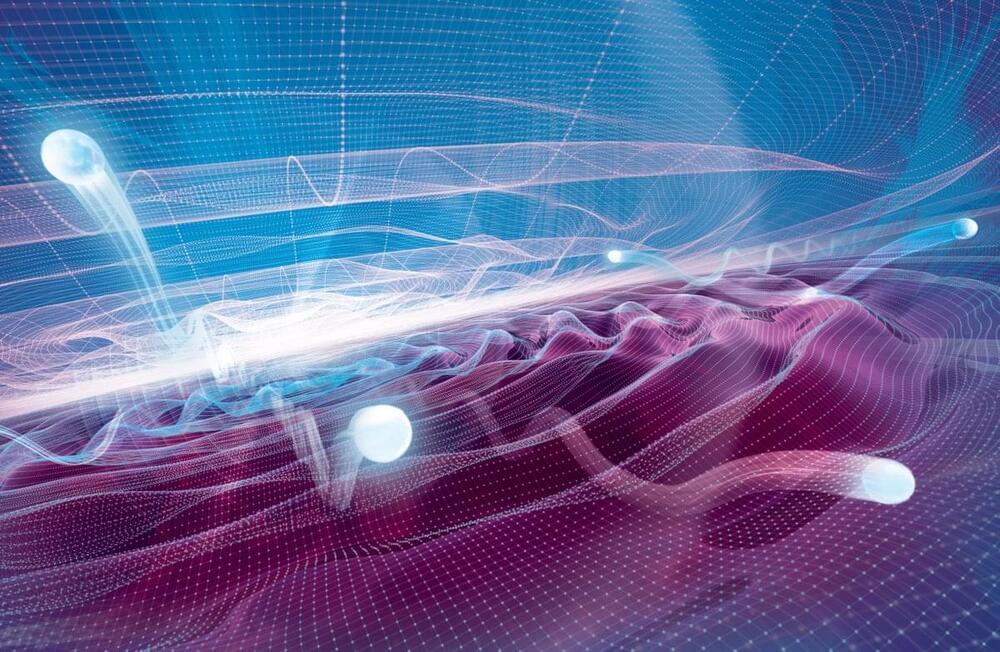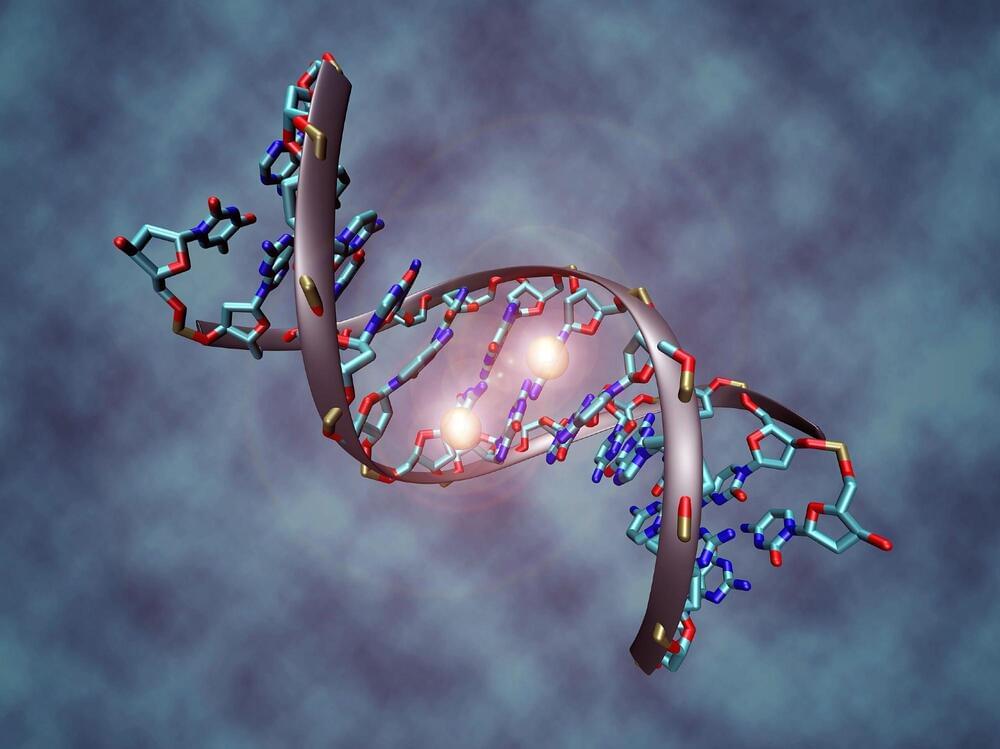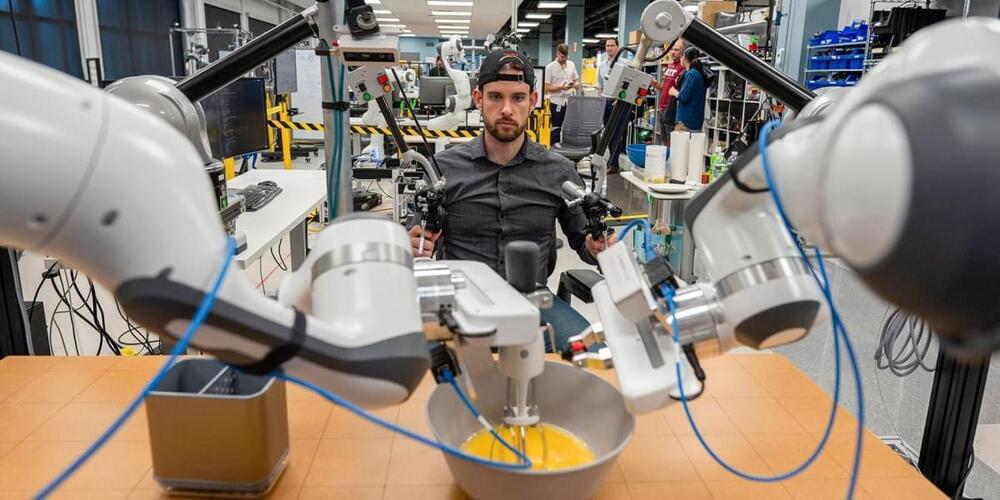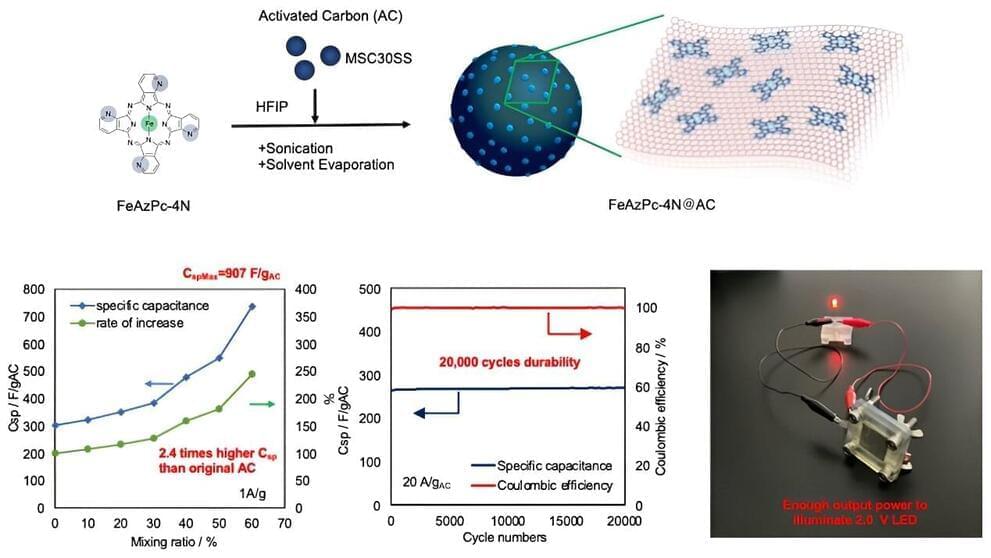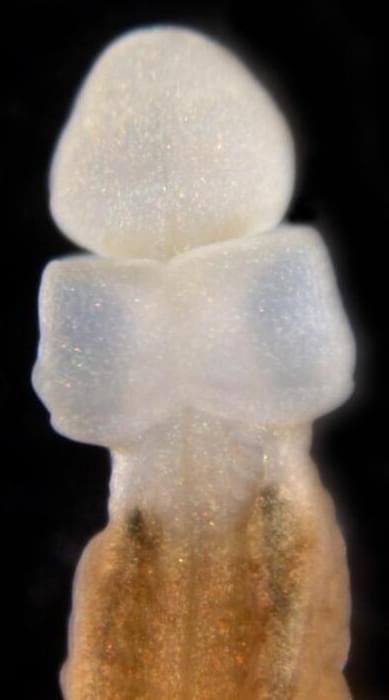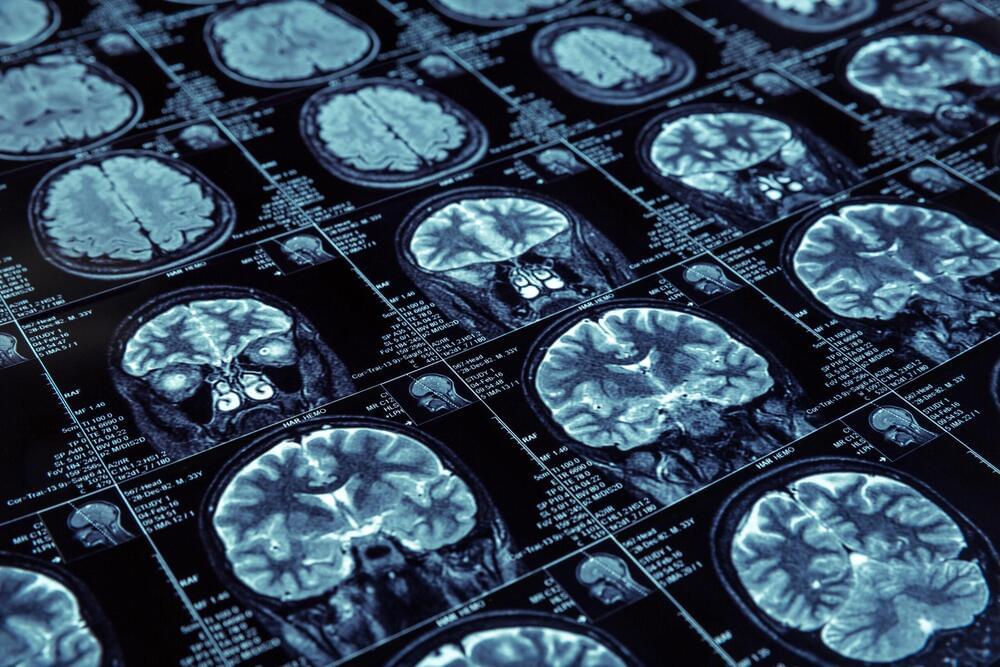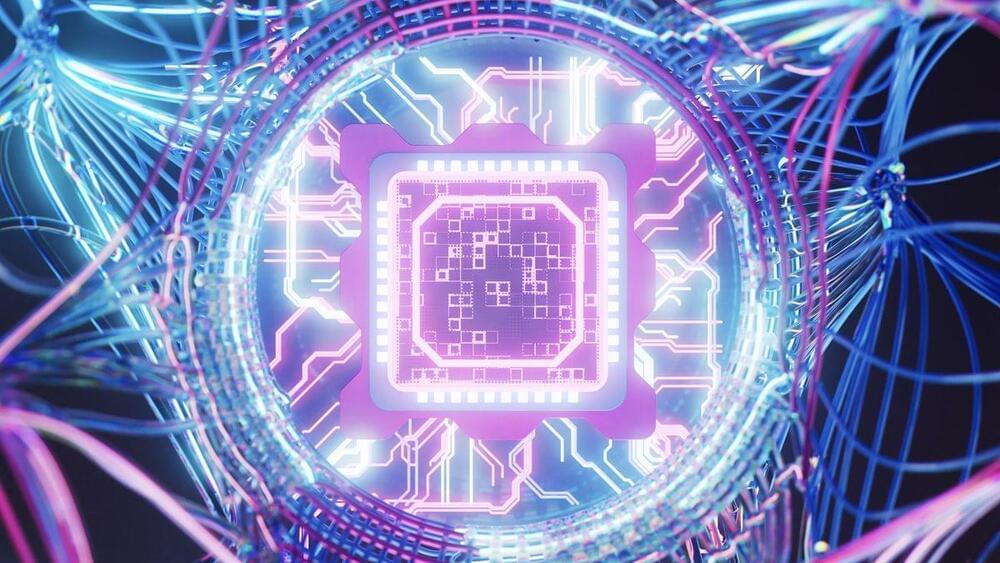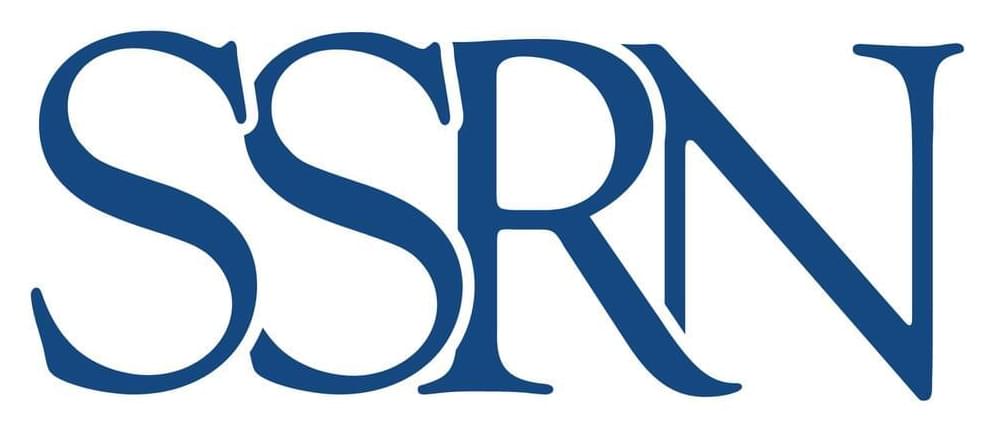This article delves into a transformative shift in the criminal justice system brought on by the use of AI-assisted police reports.
Police reports play a central role in the criminal justice system. Many times, police reports exist as the only official memorialization of what happened during an incident, shaping probable cause determinations, pretrial detention decisions, motions to suppress, plea bargains, and trial strategy. For over a century, human police officers wrote the factual narratives that shaped the trajectory of individual cases and organized the entire legal system.
All that is about to change with the creation of AI-assisted police reports. Today, with the click of a button, generative AI Large Language Models (LLMS) using predictive text capabilities can turn the audio feed of a police-worn body camera into a pre-written draft police report. Police officers then fill-in-the blanks of inserts and details like a “Mad Libs” of suspicion and submit the edited version as the official narrative of an incident.
From the police perspective, AI-assisted police reports offer clear cost savings and efficiencies from dreaded paperwork. From the technology perspective, ChatGPT and similar generative AI models have shown that LLMs are good at predictive text prompts in structured settings, exactly the use case of police reports. But hard technological, theoretical, and practice questions have emerged about how generative AI might infect a foundational building block of the criminal legal system.
